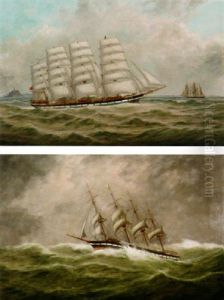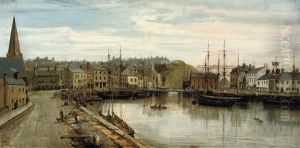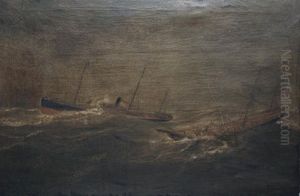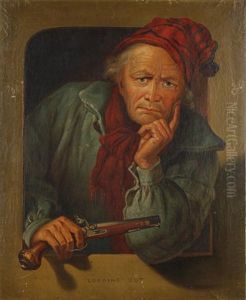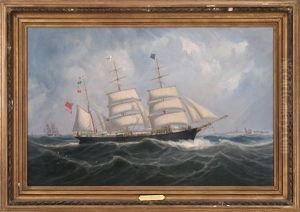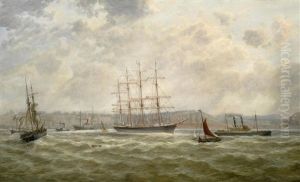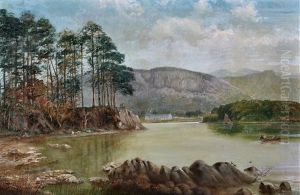William Mitchell Paintings
William Mitchell was an English artist and sculptor known for his innovative and large-scale public works of art. Born on December 12, 1925, in London, England, Mitchell's career spanned over six decades, during which he created a variety of works ranging from reliefs and sculptures to functional architectural elements that combined art with environmental design.
Mitchell started his artistic journey at the Junior School of the Royal College of Art. His unique approach and interest in modern materials quickly set him apart from his contemporaries. After his academic pursuits, he served in the Royal Air Force during World War II. Following his service, he returned to the world of art and design, working on a variety of projects that explored the relationship between functionality and aesthetic appeal.
In the 1950s and 60s, Mitchell's work gained prominence as he began to receive commissions for public art in connection with the British government's investment in new infrastructure and civic buildings, reflecting the optimistic spirit of the post-war era. He became known for his use of concrete, glass, and metal, often incorporating these materials into brutalist architecture, which was popular during the mid-20th century. His work is characterized by a sense of dynamism, abstract forms, and a tactile quality that invites viewer interaction.
Throughout his career, Mitchell collaborated with architects and developers, contributing to iconic projects such as the Liverpool Metropolitan Cathedral, where he created the sculptural Stations of the Cross. He also worked internationally, with commissions taking him to the Middle East and other parts of the world.
William Mitchell continued to create and innovate until his later years, with his works being recognized for their historical and cultural significance. His contributions to the field of public art have been acknowledged by art historians and critics who see his work as integral to the understanding of post-war public art movements in the UK.
Mitchell passed away on January 22, 2020, leaving behind a rich legacy of monumental works that continue to be studied and admired. His dedication to integrating art into public spaces has been influential in shaping the way we experience urban environments and has paved the way for future generations of artists and sculptors.








